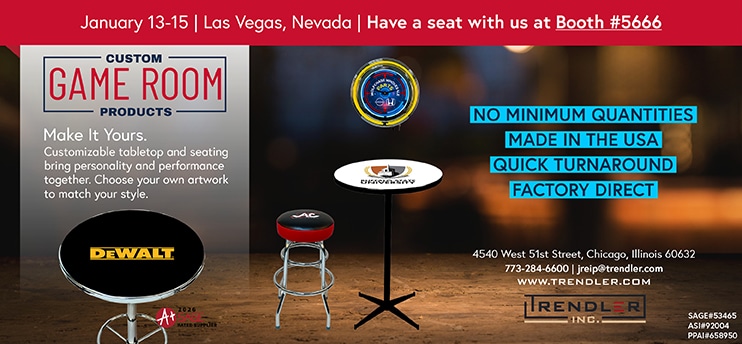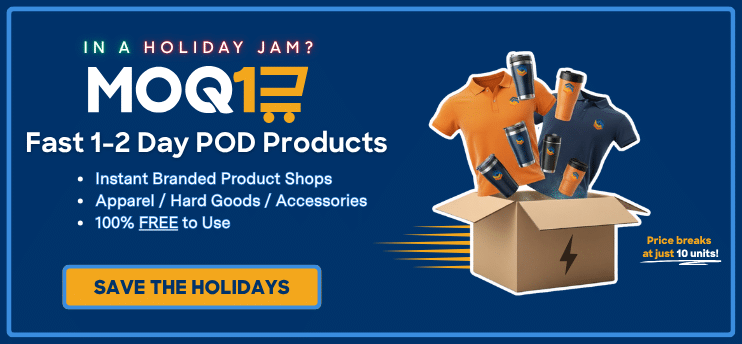NEAT, which stands for Needs, Economic impact, Access to authority and Timeline, is all about creating a genuine connection with prospects. Unlike a hard-sell approach, NEAT focuses on understanding the prospect’s needs on a deeper level. Rather than following a sales script, when you use a NEAT approach, you’re engaging in a two-sided dialogue with prospects.
According to the Indeed Editorial Team, this approach can help prospects feel like they’re being heard and properly attended to. It can also help you discern which prospects aren’t a great fit. So, how does it work exactly? Read on. We share a post from the Indeed Editorial Team that explains the 4 stages of the NEAT process.
Need. In this stage, put yourself in the prospect’s shoes. What’s important in the short-term and how can you address deeper issues? The Indeed Editorial Team recommends asking probing questions that can get to the heart of the matter. You should also practice active listening. Give your prospect plenty of time to ask questions.
Economic impact. What’s the financial impact of a prospect buying from you? The answer can help you determine your solution’s specific value. For example, if the prospect is considering buying logo pens for an upcoming trade show, you could highlight how this promo could boost brand awareness and provide a strong return on investment.
Access to authority. Before closing a sale, it’s important to understand who has the authority to sign off on a deal, the Indeed Editorial Team says. It could be one person or you may need to work with multiple stakeholders. The larger the organization, the more people may be involved in the buying decision.
Timeline. In the last stage of the NEAT selling process, you’ll create a reasonable timeline for closing the sale. Take into account the prospect’s schedule and how soon they’d like to implement your promo solution. The Indeed Editorial Team says that deals can be delayed for various reasons. Understanding the prospect’s timeline can help prevent delays that can stall the deal.
Everyone wants to feel heard. That’s part of what makes the NEAT technique so effective. When you use this approach, you’re understanding the prospect’s needs and focusing on solutions rather than just closing the deal. Remember to be open and honest with your prospects and give them plenty of time to make a decision. The more you practice this approach, the more skilled you can become at it.
Compiled by Audrey Sellers
Source: The Indeed Editorial Team, which consists of writers, researchers and subject matter experts.


